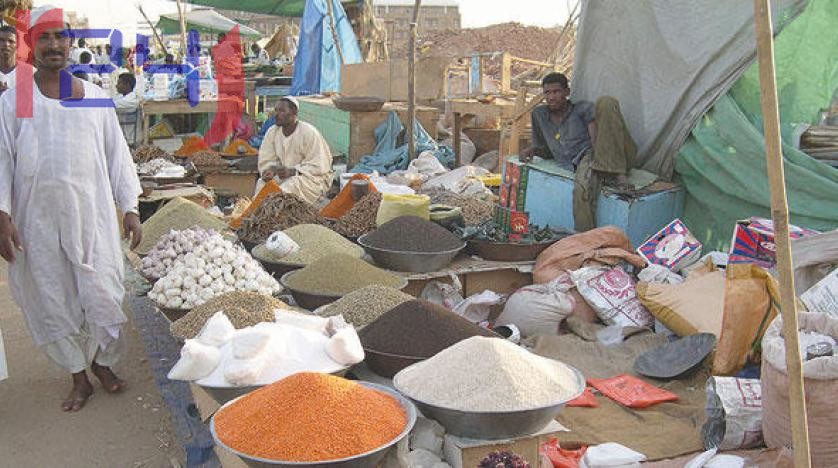Darfur 24-Khartoum
With the continued drop in the value of the local currency and the increase in the cost of imports, Sudan has entered a vicious cycle of rampant inflation, which has reached its highest levels in decades.
Data from the Central Bureau of Statistics showed on Monday that the annual rate of inflation in Sudan jumped to 330 percent in February, from 304 percent in January.
The country has registered fourth highest rates of inflation in the world after Venezuela, Zimbabwe and Lebanon, while its currency’s value is dropping in the foreign exchange markets, which makes imports costlier and leads to more inflation.
In a statement, the Central Bureau of Statistics attributed the increase in inflation to the rise of food and beverage prices. Inflation rate in urban areas reached 301.55 percent in February , compared to 304.33% in January, while the monthly inflation rate in rural areas reached 353.43% percent in February compared to 288.74 percent in the previous month.
Sudan suffers from an economic crisis due to decades of US sanctions, the secession of the oil-rich south from Khartoum in 2011 and an external debt estimated at USD 60 billion.
The government hopes that removing the country from the US list of states sponsoring terrorism would help it solve the problem of foreign debt and attract foreign investment. In December , it approved the 2021 budget aimed at reducing the inflation rate to 95 percent.
Last month Sudan announced a managed flotation of its currency on Sunday, in an unprecedented but expected step to meet a major demand by international financial institutions to help transitional authorities overhaul the battered economy

